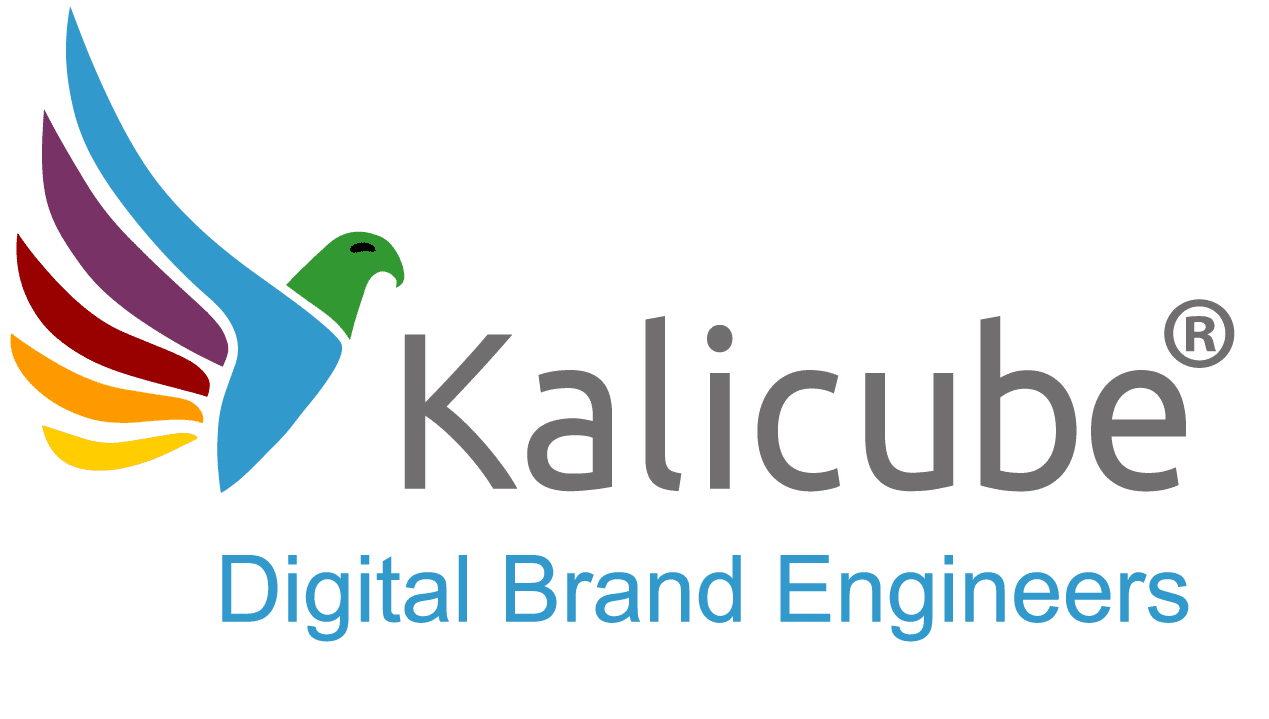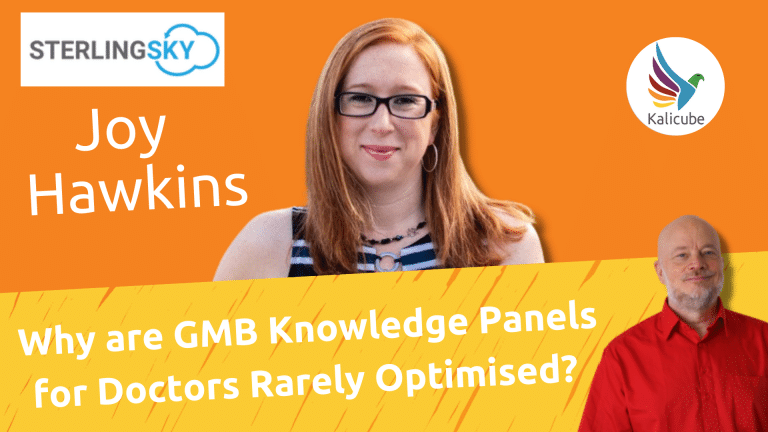Google’s Multiple Knowledge Graphs (Knowledge Graph Verticals) - What You Need to Know

What are Google’s Knowledge Graph Verticals?
Google has multiple Knowledge Graph Verticals. Many people think only of the Main Knowledge Graph (which at Kalicube® we also call the Knowledge Vault). There are, however, multiple Knowledge Graph Verticals including Google Podcasts, Google Maps, Google Books, Google Scholar.
At Kalicube we have identified these distinct ways:
- Google Books and Google Scholar are human curated,
- Google Podcasts is human curated in that it takes information from publicly available podcast feeds,
- Google Maps is partially human curated by businesses, and by Google employees, with additional information added using Machine Learning algorithms.
- The Web Index Knowledge Graph is built from information in Google’s Web Index using Machine Learning.
Using Kalicube®’s three step process, getting an Entity into the Web Index Knowledge Graph is relatively simple. From there, getting it into the Knowledge Vault is a question of keeping the Entity Home up to date, adding additional corroboration and identifying meaningful (truthful) relationships with Entities already in the KnowledgeVault.
When your entity is in the Knowledge Vault that your Knowledge Panel will be stable and reliable.
You can get this type of rich result (everything in yellow is the Knowledge Panel) from any vertical, buit the Knowledge Vault will be the most stable and reliable:






